Apple variety Spartan
Origin
The Spartan variety was bred in 1926 by Canadian breeders to obtain fruits on an industrial scale. Until recently, there was a misconception that two varieties were involved in the origin of this apple tree: Newtown Pippin and Mac... However, with the advent of genetic examinations, it turned out that Pepin Newtown had nothing to do with this variety.

Wood
Average growth, moderate. The crown is rounded. The center conductor of the trunk usually has a strong slope.
Leaves are small in size (there are also medium, but less often), dark green, leathery and shiny; almost round in shape, with a frequently curled tip. The surface of the leaf is wrinkled with serrated edges.
Shoots of the Spartan variety are dark cherry in color, consist of many knees, often have strong pubescence. Usually, fruiting is concentrated on the annelids.
Buds are conical, brown and adpressed.
Two-year-old seedlings are planted in open ground. Fruiting occurs after five years. The apple tree is distinguished by abundant flowering.
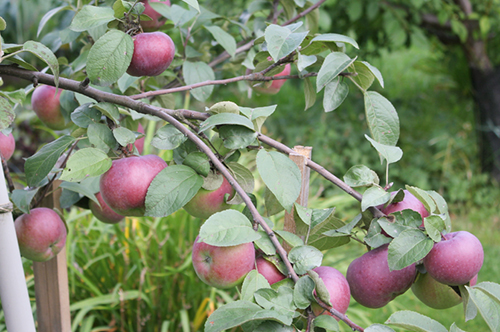
Fruit
The size is medium. Light yellow color with deep red blush. Often, a gray waxy bloom gives the fruit a purple tint. The shape can be either round or conical. The top of the fruit is slightly ribbed. The closer to the center of the crown, the shorter and thicker the stalk. The core of the seed is of the usual dark brown bulbous shape.
The apple pulp is bright white, crispy and juicy. The taste is sweet, without the characteristic impurities of sourness. The peel is dense and thick, however, this does not detract from the taste, but, on the contrary, is harmoniously combined with them.
Harvest
The fruits ripen almost simultaneously at the end of September. The quality of the highest grade apples is about 80%. With regular watering, the weight of the fruit can reach about 150 grams. Despite such a significant weight, thanks to the strong stalk, the fruits are confidently holding on to the branches until fully ripe. The correct storage conditions (cellar or cold rooms) allow you to maintain the presentation and taste until March - April.
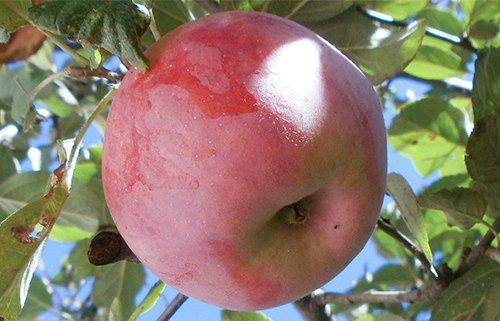
Soil and disease resistance
Apple tree Spartan has an average degree of winter hardiness. Resistance to powdery mildew, many fungal diseases, scab and bacterial cancer is above average. When planting, it is advisable to give preference to loamy, breathable, moisture-absorbing soils.
Apple tree care
Spartan trees require particularly frequent pruning and crown formation. The yield largely depends on this.
Using
The variety is universal. Apples are used both fresh and for canning. Spartan is great for cooking dried fruits. And the pectin contained in large quantities in the fruits of the apple tree helps to preserve the natural color and aroma when preparing mousses, jams and jellies.

Advantages of the variety
High yield, early maturity, unpretentiousness, resistance to many diseases, long shelf life of apples, good transportability, excellent taste.
Disadvantages of the variety
Insufficient winter hardiness, a decrease in the quality of fruits with an increase in the age of the tree, requires regular pruning.
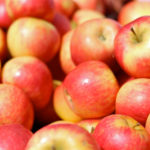
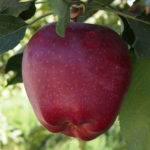
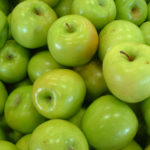
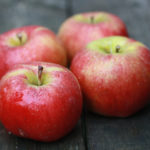
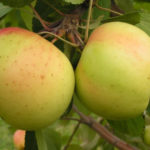
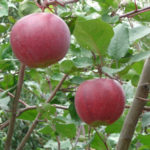



These apples are very fond of! :) Juicy, delicious! and beautiful))
By chance, a tree of this apple tree turned out to be on my site.To our common joy! Highest taste. It will be a pity if it freezes.
It turned out to be the most hardy: the only apple tree that produces crops in our floodplain, where groundwater is sometimes 25 cm from the surface of the soil, and in the hottest summer (when it was +40 degrees in Moscow) at night no higher than +18 degrees. The fruits are of excellent taste, but there is a characteristic feature: if the apples stored in a cold room are brought to a warm place, they quickly acquire sweetness, but just as quickly lose their juiciness. Therefore, they should be obtained as they are consumed.